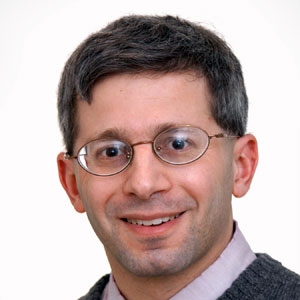Saving lives

Michael Siegel
A leading US public health expert has criticized two researchers at the Johns Hopkins Bloomberg School of Public Health for denying that smoking is known to be more hazardous than is vaping.
According to Dr. Michael Siegel (pictured), a Professor in the Department of Community Health Sciences, Boston University School of Public Health, the researchers made the denial in an article published in the Summer 2018 issue of the Hopkins Bloomberg Public Health Magazine. Dr. Ana Maria Rule, an assistant professor in the Department of Environmental Health and Engineering, was said to have argued that: ‘Even if vaping proves safer than smoking, that’s still a long way from a gold stamp for their safety’.
And Dr. Joanna Cohen, a professor and director of the Institute for Global Tobacco Control, was quoted as stating: ‘They are likely safer than continuing to smoke combustible cigarettes, but without the long-term studies, we just don’t know’.
Writing on his blog, The Rest of the Story, Siegel said that the problem with this denialism was not merely that it spread misinformation. ‘The problem is that this is exactly the kind of false propaganda that is deterring many smokers from trying to quit smoking using vaping products and is causing some ex-smokers to return to smoking,’ he said.
‘Whether they realize it or not, this is precisely the effect statements like those being made by these Johns Hopkins researchers are having on the public. In fact, several national surveys have demonstrated that the public is largely misinformed about the relative hazards of smoking vs. vaping. And it is this misperception that has stunted what otherwise could have been a much more substantial shift from smoking to vaping in this country. In other words, this isn’t just a question of misleading the public. It’s a question of saving lives, or failing to do so.
‘Hopefully, these researchers will publish a correction or retraction of these claims so that we can begin the process of restoring some semblance of a science base in the field of tobacco control.’